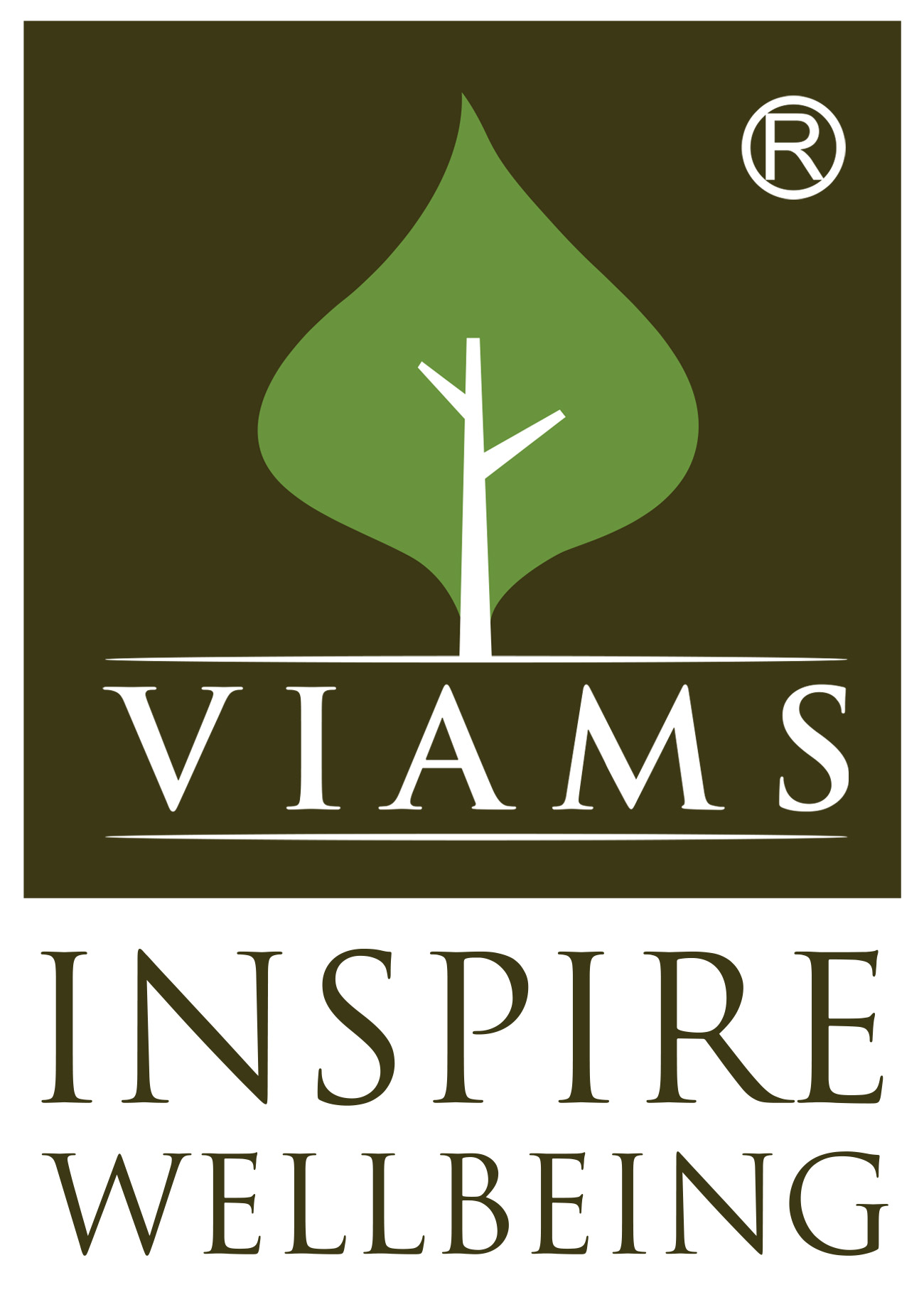Cervical Dystonia
Cervical Dystonia: A Comprehensive Approach
Cervical dystonia, also known as spasmodic torticollis, is a painful and chronic neurological movement disorder that affects the neck muscles. It causes involuntary muscle contractions that lead to abnormal head postures, tilting, or twisting of the neck. These movements may be intermittent or constant, and they can significantly impact the quality of life due to pain, discomfort, and restricted mobility.
While the exact cause of cervical dystonia remains unknown, it is believed to involve abnormal functioning of the basal ganglia, a region of the brain that regulates movement. In most cases, cervical dystonia is idiopathic, meaning no specific cause is identified, but it can sometimes be linked to genetic mutations, trauma, or other neurological conditions.
Signs and Symptoms:
- Involuntary contraction of neck muscles
- Head turning or tilting to one side (torticollis)
- Muscle pain in the neck and shoulders
- Tremors or jerking movements
- Headaches or restricted neck mobility
Ayurvedic Perspective on Cervical Dystonia
In Ayurveda, cervical dystonia can be correlated with a “Hanu Guttakam”. Vata, which governs movement and neurological functions, becomes vitiated due to external or internal factors, leading to the erratic movement of muscles. The involvement of Pitta dosha, responsible for inflammation and metabolic disturbances, results in pain and discomfort. Ayurvedic texts describe this condition as being similar to “Manya Stambha” (stiffness of the neck) or “Manya Graha” (muscle contraction in the neck region).
The Ayurvedic approach to managing cervical dystonia focuses on rebalancing these doshas, improving neurological function, and alleviating muscle stiffness through a combination of herbal medications, therapies, and lifestyle modifications.
Ayurvedic Management of Cervical Dystonia
1. Ayurvedic Therapies & Panchakarma Therapies
Panchakarma detoxification therapies aim to remove accumulated toxins (Ama) from the body, strengthen the nervous system, and balance Vata and Pitta. The following therapies are particularly beneficial:
- Nasya: Application of medicated oils through the nasal passages to clear toxins from the head and neck region, promoting muscle relaxation and neurological health.
- Shirodhara: Continuous pouring of warm medicated oil on the forehead to calm the mind and reduce Vata-related disturbances.
- Greeva Basti: A specialized therapy where warm medicated oil is retained over the neck area, providing relief from stiffness and spasms.
- Abhyanga (Oil Massage): Full-body oil massage with medicated oils to soothe aggravated Vata, reduce pain, and enhance muscle flexibility.
2. Herbal Formulations
Specific Ayurvedic herbs known for their neuroprotective, anti-inflammatory, and muscle-relaxing properties are used. Some commonly used formulations include:
- Ashwagandha: Known for its adaptogenic properties to improve nervous system function and reduce muscle spasms.
- Rasayana Herbs: To rejuvenate and strengthen muscles and nerves, helping improve overall vitality.
- Eranda (Castor oil): To alleviate stiffness and inflammation.
3. Dietary Recommendations
A Vata-Pacifying diet rich in warm, nourishing foods is recommended. Avoiding cold, dry, and raw foods can help reduce Vata aggravation. Ghee, cooked vegetables, and herbal teas can promote balance.
4. Yoga and Pranayama
Specific yogic postures and breathing exercises, such as Halasana (Plow pose), Matsyasana (Fish pose), and Pranayama (deep breathing), can help improve flexibility, strengthen neck muscles, and calm the nervous system.
Benefits of Ayurvedic Treatment for Cervical Dystonia
- Natural Muscle Relaxation: Ayurvedic therapies such as Greeva Basti and Abhyanga provide natural muscle relaxation, relieving neck stiffness and spasms.
- Long-term Relief: Ayurvedic treatments aim to address the root cause of the condition, leading to long-lasting relief rather than just symptomatic management.
- Holistic Healing: Ayurveda integrates mind, body, and spirit, reducing stress and anxiety commonly associated with neurological disorders.
- Improved Mobility: With regular therapies and herbal support, patients often experience improved range of motion and reduced pain in the neck and shoulder areas.
Integration of Allied Health Care Sciences with Ayurvedic Treatment
A multidisciplinary approach, integrating allied health sciences with Ayurveda, enhances the effectiveness of treatment for cervical dystonia:
1. Physiotherapy
Physiotherapy plays a crucial role in strengthening the neck muscles and improving posture. Techniques such as neck stretches, range of motion exercises, and manual therapy help reduce stiffness and pain. When combined with Ayurvedic therapies, it can provide a more comprehensive and sustained relief.
2. Occupational Therapy
Occupational therapy helps patients with cervical dystonia manage daily tasks and improve their functional abilities. This therapy works in tandem with Ayurvedic treatments to help patients regain independence and confidence in their daily lives.
3. Speech and Audiology Therapy
Since some cases of cervical dystonia affect the vocal cords, speech therapy is essential in managing associated speech issues. Ayurvedic therapies like Nasya and Shirodhara, combined with speech therapy, can restore normal vocal function.
4. Psychological Counseling
Cervical dystonia can cause emotional distress due to chronic pain and disability. Psychological counseling, along with Ayurvedic mind-calming practices like meditation and Shirodhara, provides emotional balance and stress relief.
5. Yoga and Pranayama
The inclusion of yoga postures and pranayama techniques enhances the flexibility and strength of neck muscles, while also calming the mind. The holistic approach of yoga, aligned with Ayurvedic principles, accelerates recovery.
Cervical dystonia is a challenging condition that impacts both physical and emotional well-being. Through the integration of Ayurvedic treatments, including Panchakarma therapies, herbal support, and modern physiotherapy, occupational therapy, and counseling, patients can experience comprehensive care that addresses both the symptoms and the root cause of the disorder. This holistic approach provides long-term relief, improved mobility, and a significant enhancement in the overall quality of life.
